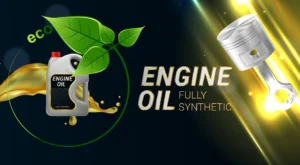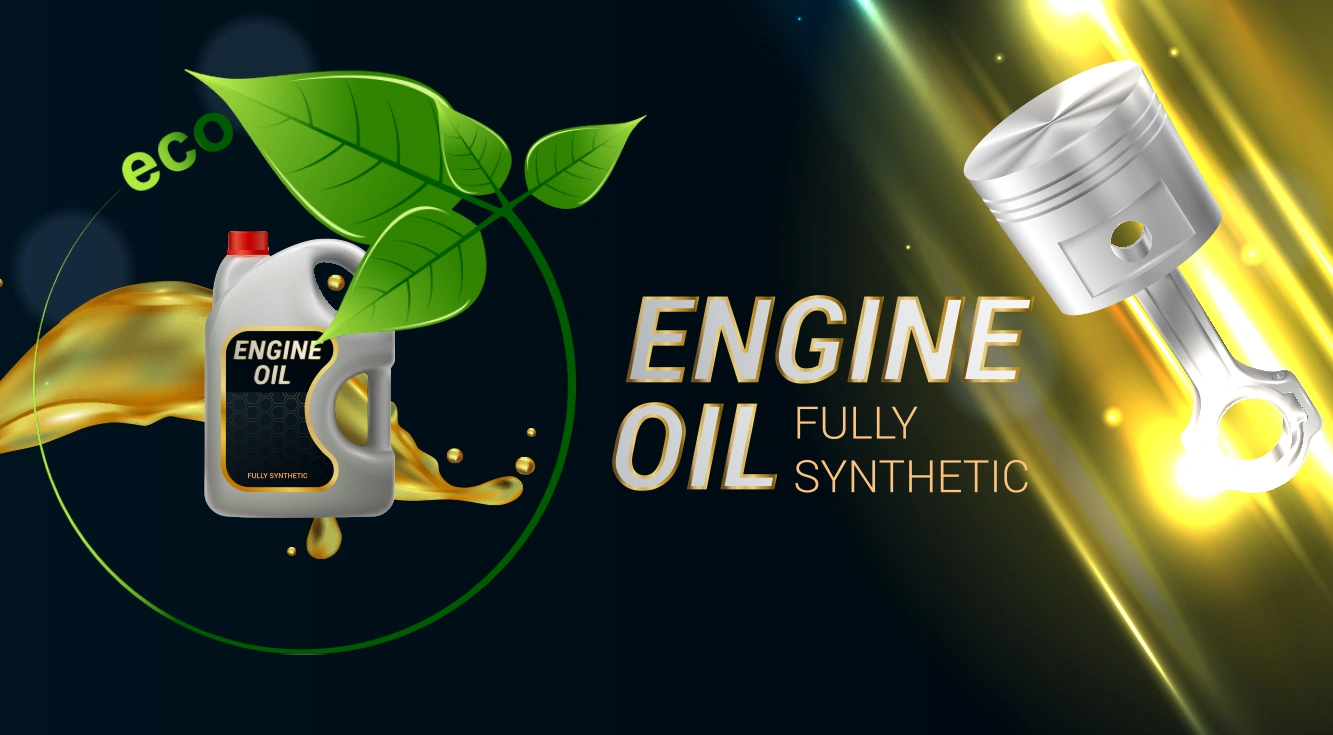Lubricants play a crucial role in ensuring the smooth operation and longevity of industrial machinery. However, not all lubricants are created equal. The secret to maximizing machinery lifespan lies in additive packages—specialized chemical compounds blended into lubricants to enhance performance. These additives reduce friction, prevent corrosion, and improve thermal stability, ensuring machines run efficiently for longer.
In this article, we’ll explore how additive packages in lubricants contribute to machinery durability, the types of additives used, and why choosing the right lubricant matters for industrial applications.
What Are Additive Packages in Lubricants?
- Oxidation resistance – Prevents oil breakdown at high temperatures
- Wear protection – Reduces metal-to-metal contact
- Corrosion inhibition – Protects against rust and acid formation
- Detergency & Dispersancy – Keeps engines clean by preventing sludge buildup
Key Ways Additive Packages Extend Machinery Lifespan
Friction is the primary cause of machinery wear. Anti-wear (AW) and extreme pressure (EP) additives form a protective layer on metal surfaces, minimizing direct contact. This extends component life, especially in high-load applications like gearboxes and hydraulic systems.
High operating temperatures cause lubricants to oxidize, forming sludge and varnish. Antioxidant additives slow this process, maintaining oil viscosity and preventing deposits that clog machinery.
Moisture and combustion byproducts create acids that corrode metal parts. Rust and corrosion inhibitors neutralize these acids, protecting critical components like bearings and pistons.
Detergents and dispersants prevent dirt, soot, and carbon particles from forming harmful deposits. Clean engines run more efficiently and experience less wear over time.
Temperature fluctuations affect lubricant thickness. Viscosity index improvers ensure consistent performance in both cold starts and high-heat conditions.
Types of Additives Used in Lubricants
| Additive Type | Function | Common Applications |
| Anti-wear (AW) | Reduces metal wear | Hydraulic fluids, gear oils |
| Extreme Pressure (EP) | Prevents scuffing under heavy loads | Gear oils, metalworking fluids |
| Antioxidants | Slows oil degradation | Engine oils, industrial lubricants |
| Detergents | Cleans engine deposits | Diesel & gasoline engine oils |
| Dispersants | Suspends contaminants | Motor oils, transmission fluids |
| Rust Inhibitors | Prevents corrosion | Turbine oils, hydraulic fluids |
Why Choosing the Right Lubricant Matters
- High-temperature applications need robust oxidation inhibitors
- Heavy machinery benefits from EP additives
- Marine equipment requires strong corrosion protection
Partnering with a trusted lubricant supplier like SCT Chemicals ensures you get the right additive package for your machinery.
FAQs
Conclusion
Additive packages are the unsung heroes of lubricants, significantly extending machinery lifespan by combating wear, oxidation, and corrosion. Investing in high-quality lubricants with the right additives reduces downtime, lowers maintenance costs, and boosts operational efficiency.





